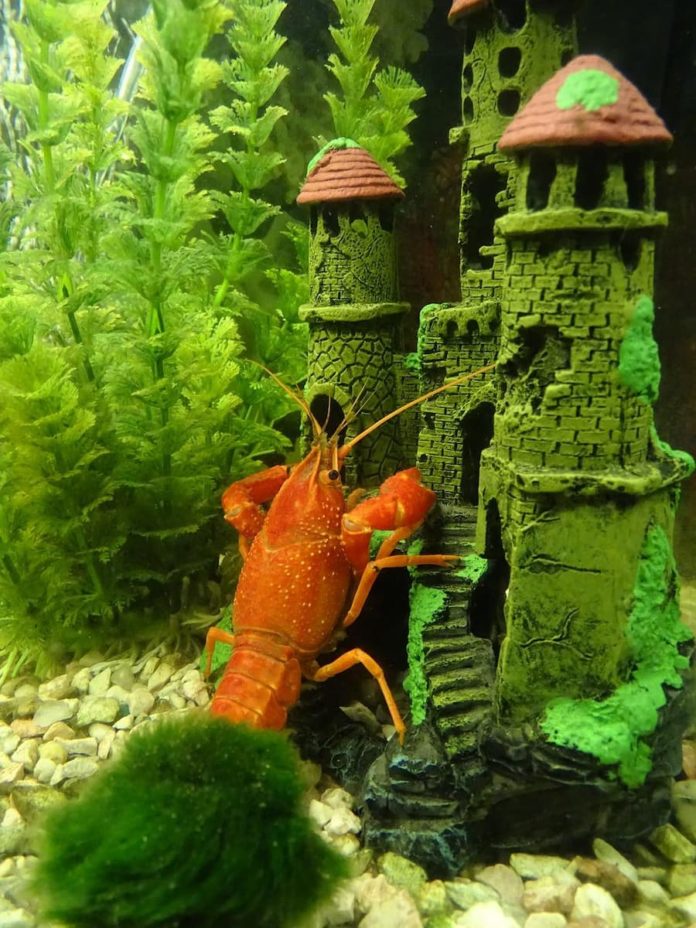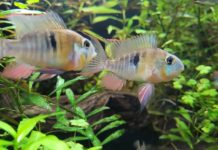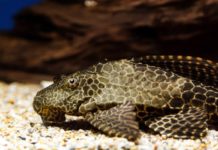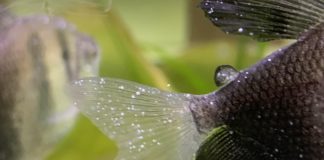Molting Could Be The Reason Your Crayfish’s Not Eating
In this article, we’ll cover the most common reason why a crayfish has stopped eating, is because they’ve begun to molt. We’ll cover the crayfish molting cycle and molting behavior. But how can you tell if your crayfish is about to molt?
All crayfish have external shells that limit their growth. Therefore, in order for crayfish to grow in size, they need to shed their old shells. Although it may sound like a simple process, it is not!
In this article, we’ll cover the most common reason why a crayfish has stopped eating, which is molting. We’ll cover the crayfish molting cycle and molting behavior. But how can you tell if your crayfish is about to molt?
All crayfish have external shells that limit their growth. Therefore, in order for crayfish to grow in size, they need to shed their old shells. Although it may sound like a simple process, it is not!
Actually, it would certainly be no exaggeration to say that molting is the most stressful and important time in a crayfish’s life. After all, this is a time when they’re the most vulnerable and are prone to death. That’s why it’s absolutely critical that crayfish owners have the correct information about what and why these things are happening to their pets.
How Long Does The Post-Molt Stage Last?
The post-molting stage can be identified by the increasing degrees of rigidity of the different parts of the body. As different parts of different crayfish species become rigid at different times after fully molting, there’s no consistency for every species in the meaning of the different stages based on rigidity.
The amount of time it takes for a crayfish to molt is also determined by its size. So, the smaller the crayfish, the less time it takes to molt. In most cases, for smaller crayfish, it usually lasts from 24 hours, up to 5 days for larger crayfish.
Important note: You should never remove the crayfish’s old shell, as crayfish consume their entire exoskeleton to recycle necessary minerals and salts to aid in the calcification process. That’s why it’s also advisable to not feed a crayfish for a few days after the molt.
Signs That A Crayfish Is Starting To Molt
What are the common signs that a crayfish is about to molt? There’re different signs that can help you know if your crayfish is about to molt.
A Change In Behavior
All crayfish have a unique personality, they prefer to eat a certain amount of food or sleep a certain amount of time. However, they generally act in a certain way. So, when they’re about to molt, their behavior will start to change. For example:
Stopped Eating Or Eating Less
At first, you could notice a crayfish starting to eat more than usual. After this, they will be completely opposite and eat less until completely stopping a few days before molting.
Lethargic Behavior
A crayfish will be less active before molting. They can start to seem very lethargic and lazy. It’s like nothing interests them.
Hiding Spots
Crayfish will start spending more time on their own. It will try to find a secluded area away from its tank mates.
Difference In Appearance
The earliest sign that the pre-molt process has begun is the detachment of the new shell and old shell. When this happens, the color of the crayfish becomes dimmer or duller.
Cloudy Eyes
Another sign of molting is cloudy eyes. The crayfish will have whitish, cloudy, or hazy looking eyes.








